Advertisement
Postcard exhibit offers a candid view into the early 20th century
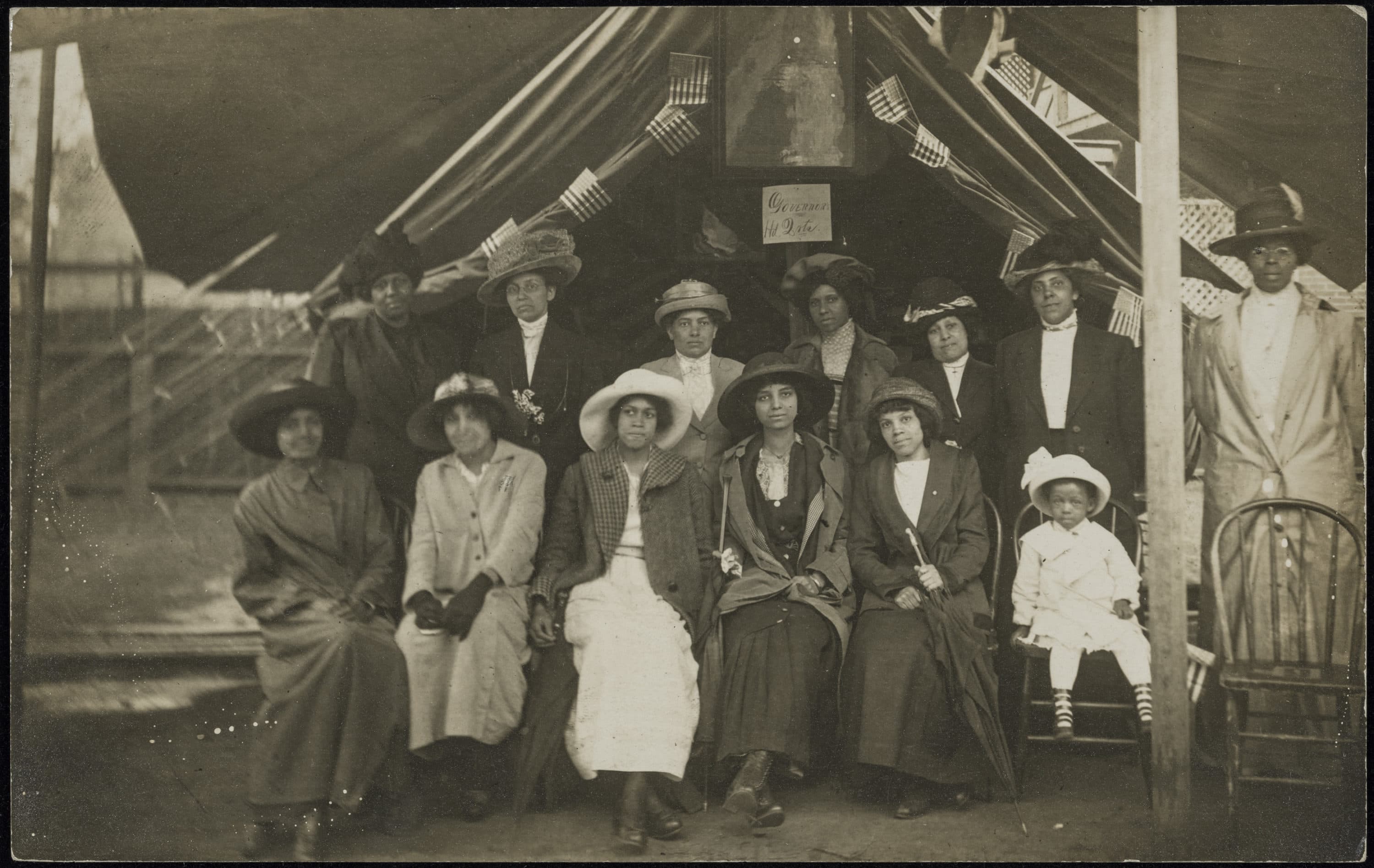
“Real Photo Postcards: Pictures from a Changing Nation,” an exhibition that showcases the democratization of photography, opens at the Museum of Fine Arts Thursday. The works are from the MFA’s Leonard A. Lauder Postcard Archive, one of the largest collections in the world.
Postcards, as we know them today, are familiar. However, the exhibition’s selection is something special. The years in focus are from 1903 to 1930, revealing truths about the past, and in turn, the present.
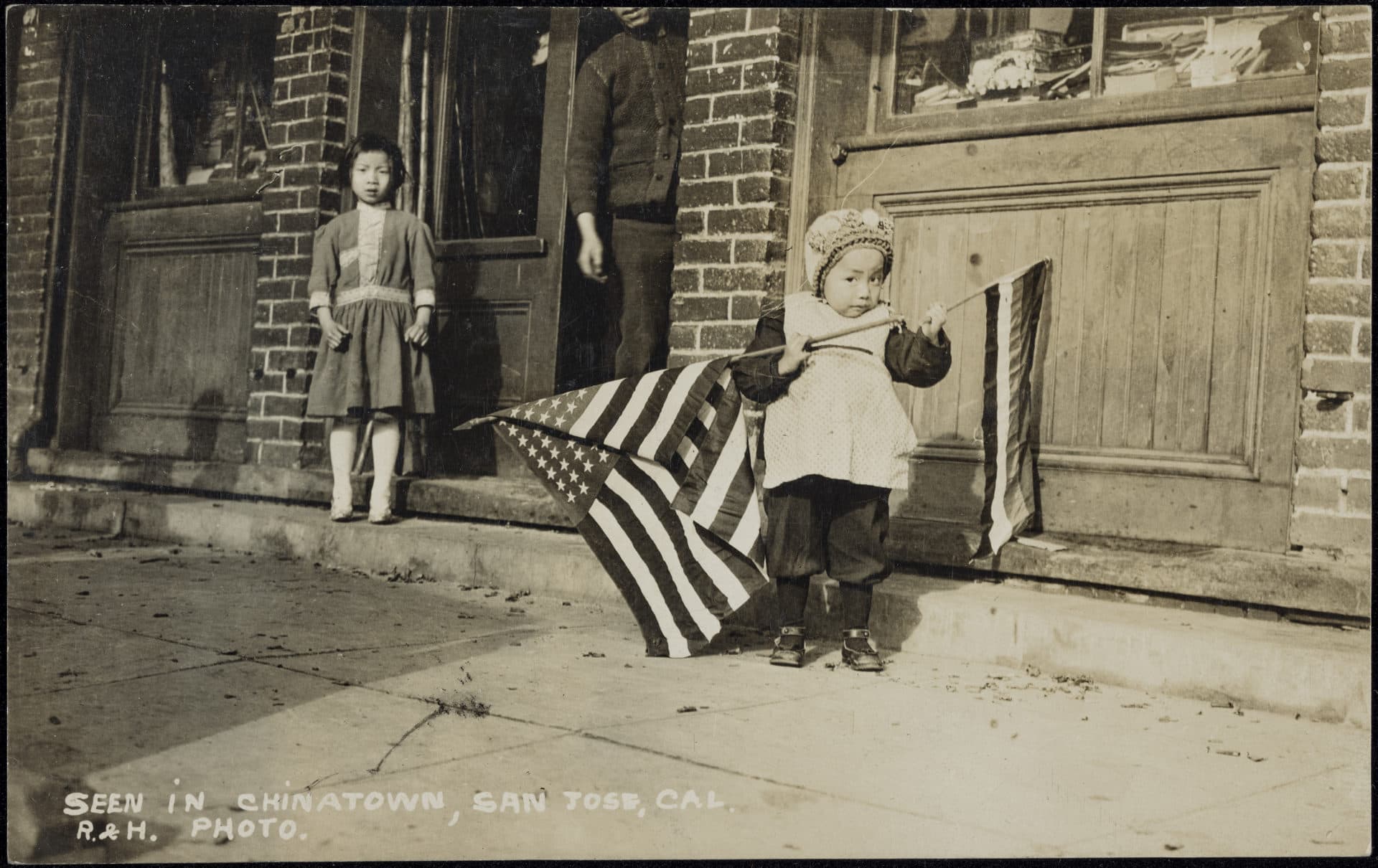
Postcards were a relatively new phenomenon in the early 1900s. They were invented in Austria and soon spread to the states, where the photos became immensely popular. People joined postcard collecting clubs, and advertisers began using them. Artists created trading cards. “The result is a nearly perfect representation of what society is obsessed with, fascinated and concerned by,” said Ben Weiss, curator of visual culture at the MFA.
Weiss explained that a worldwide postcard fascination was well underway at the turn of the 20th century. But in 1903, that fascination kicked up into a frenzy with the Eastman Kodak Company’s creation of the postcard camera. Photographers could go out and take a picture that printed directly onto a postcard back with no need for a background in photo editing or enlarging.
“It freed up photographers to leave their studios and go into the streets, to the beach, or to document train wrecks and fires—anything they could sell,” said Weiss.
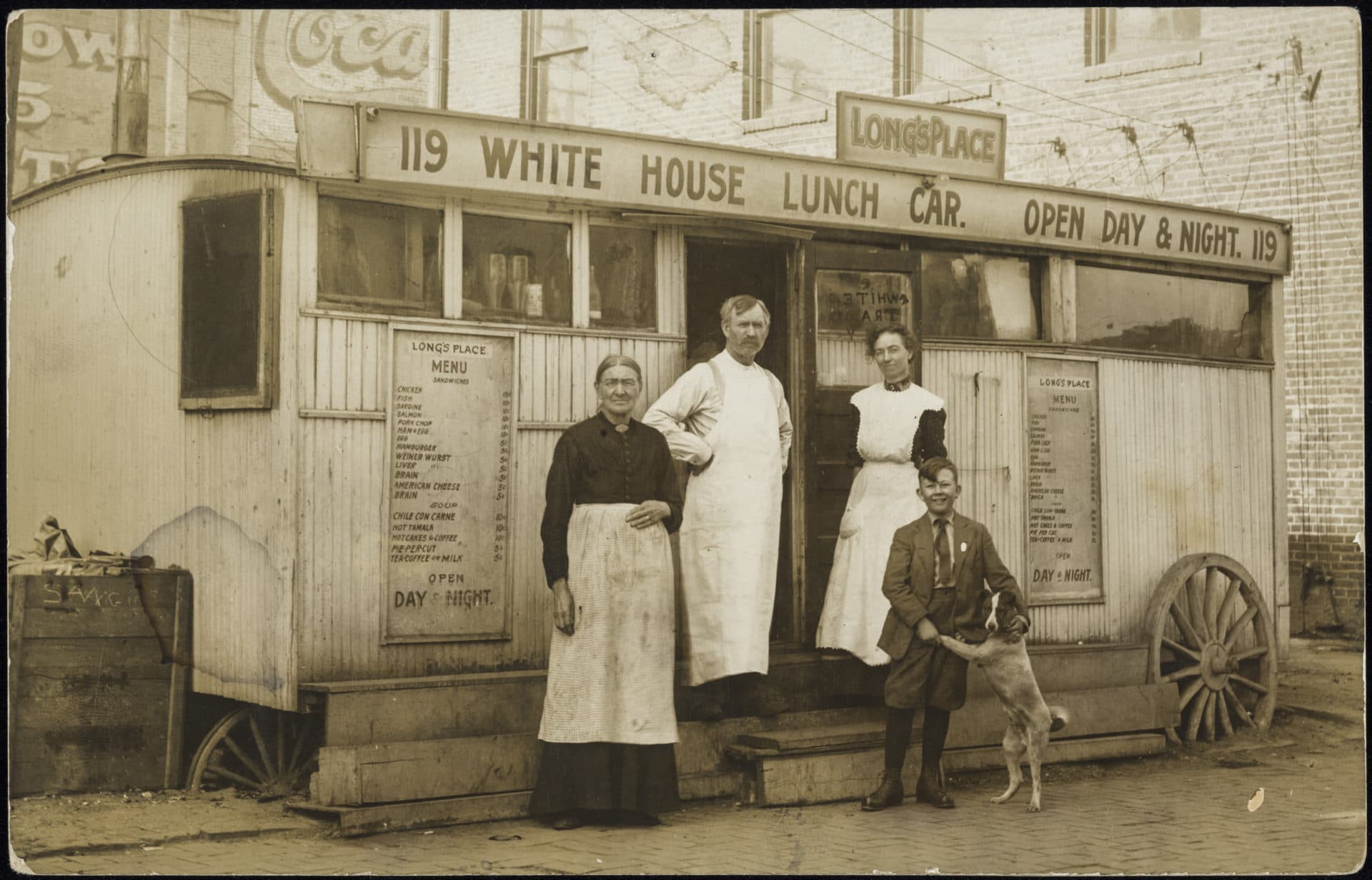
Without the need for a studio or intensive training, the new Kodak cameras were adopted by amateur photographers everywhere. Because postcards were cheaper than traditional studio portraits outside of the studio, an ease tended to fall over the photographer's subjects.
“Real Photo Postcards” is arranged to feel like you are walking through a day in the life of 20th century Americans. Rather than attempt to tell one concise story of the time, a virtually impossible task, the museum opted for vignette-like displays.
Various scenes of downtown city centers sit side by side with sections on work, leisure, and travel. Places like Indiana and Kansas take center stage as the show focuses on medium-sized towns in middle America. Those were the places where big publishers did not control the postcard market, and independent photographers could try their hand.
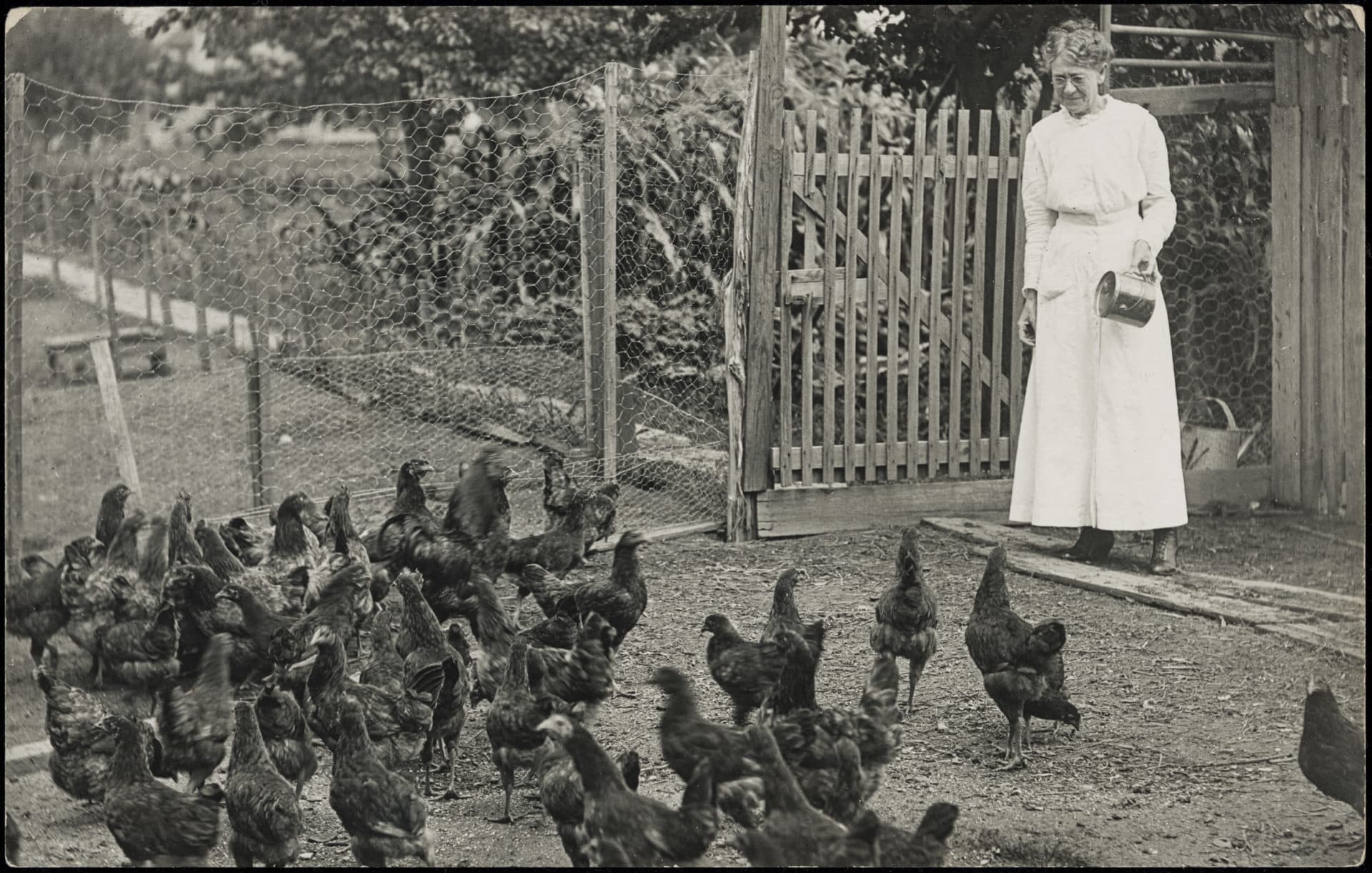
People are dressed in their Sunday best in one section, in another in work clothes with their tools. “We have a couple of miners who are wearing their miner’s lamps. Some painters pose for a photo having just walked off of a scaffold in their smocks, covered in paint,” said Weiss.
The postcards are fun to look at and carry an air of nostalgia, but there is more to them. The people in the photos were a part of a society in the midst of massive social change. Industrialization, urbanization, the biggest waves of immigration the country had ever seen were all happening when these postcards were produced. Even more, labor movements and the suffrage movement were at their peak. The prohibition movement was underway, and the Ku Klux Klan was going through a resurgence. It was a fraught time, not unlike today.
The selected postcards document the everyday life of a place in a time of great drama, and the MFA wanted to capture this. “Both exist at the same time,” said Weiss, “That broad brush with fine-grained quality is an important piece of understanding of why history happens the way it does.”
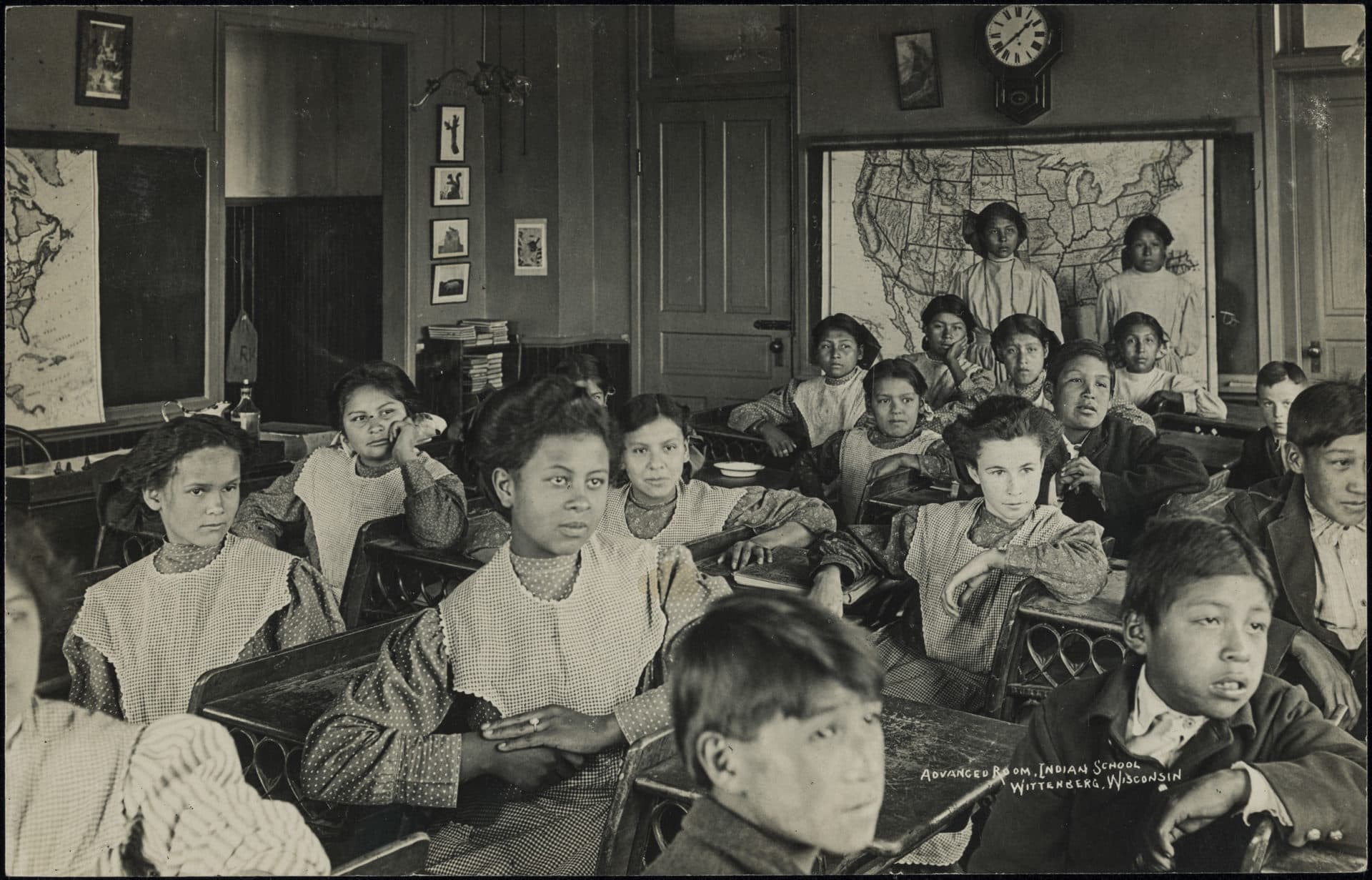
Even when headlines of viral disease and war dominate the headlines, humans still behave like humans, celebrating milestones, sharing meals with loved ones, and posing for photographs the same way we have for a century. An interactive installation in the exhibit drives home the point. Visitors can take their own photos in an area set up with vintage-inspired studio props. There is a large paper moon prop that visitors can sit on and have their picture taken, and it was popular at the time of the postcard boom.
The moment Weiss and his colleagues removed the stanchion in that space, a woman wandered in, set her camera on a stand, set the timer and posed on the moon. She was in nearly the exact same pose as one of the people in the period moon pictures on the wall opposite her.
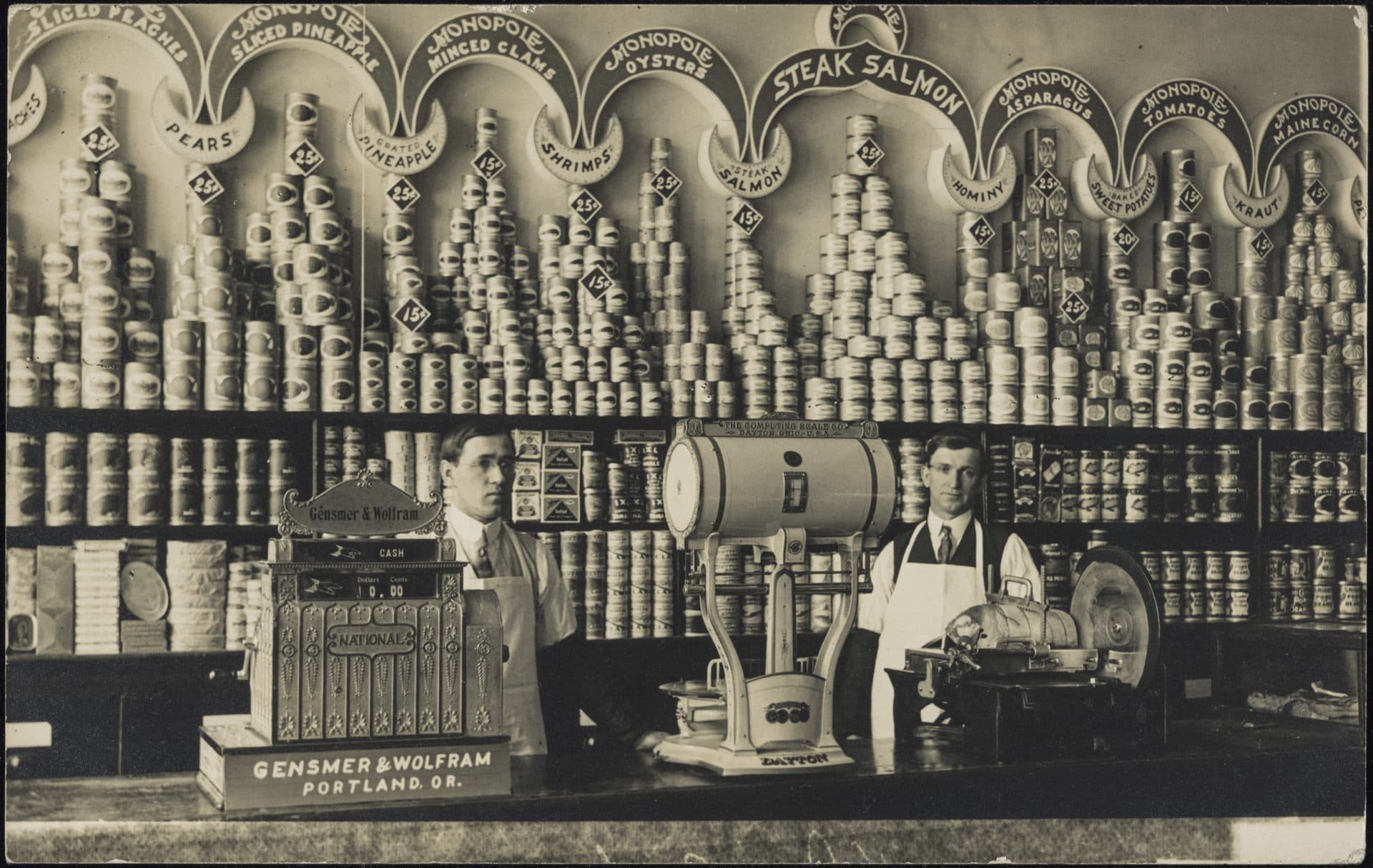
In the century-old postcards, people wear heavy clothes and live in cities that look unrecognizable from today. “But when you peel that back, these people are not living in the past, they're living in the present, and they're acting like people.”
The democratization of photography through postcards provides a look into lives that otherwise may not have been captured. What a gift that as they teach us history, they teach us about ourselves.
“Real Photo Postcards: Pictures from a Changing Nation” is on display at the Museum of Fine Arts through July 2022.
